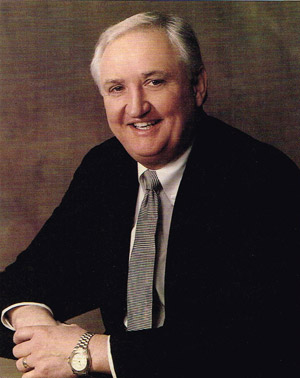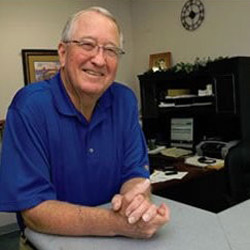By Sarah Brenner, JD
IRA Analyst
Follow Us on Twitter: @theslottreport
Question:
Hi Mr Slott,
I read somewhere but couldn’t remember where, if a person needs to withdraw an RMD but doesn’t need the money, can he convert this RMD to a Roth IRA?
Thanks in advance
Answer:
This is an area where there is a lot of confusion. An RMD cannot be converted to a Roth IRA. The reason for this is the tax rules are very clear that an RMD is not eligible for rollover, and a conversion is considered to be a type of rollover. The correct way to handle this situation is to take the RMD from the IRA and then convert the remainder of the IRA or any portion of it. The RMD cannot be deposited as part of the conversion.
Question:
My client passed away in 2021. He had an IRA, for which he made his (at the time) revocable living trust the sole beneficiary. He had one son who is the sole beneficiary of his estate. As I read the regulations, I believe the son fits the fact pattern to be treated as a designated beneficiary since the son is the sole beneficiary of the trust and its assets. As such, I have concluded that the son falls into the category of designated beneficiary (not an Eligible Designated Beneficiary) and therefore has 10 years to liquidate the IRA. My client had already begun to take RMDs prior to his passing. Based on the February proposed IRS regulations, will the son need to take “stretch RMDs” in years 1-9 and the balance in year 10?
Regards,
Jack
Answer:
Hi Jack,
We agree with your analysis. If the trust meets the look-through rules and the son is considered a designated beneficiary, the 10-year payout rule would apply to the trust. That would mean that the inherited IRA would need to be paid out to the trust by the end of the tenth year following the year of death. The new IRS proposed regulations do add an additional twist. Since the IRA owner died on or after his required beginning date, the trust does need to take RMDs based on the single life expectancy of the son during years one through nine of the 10-year period. If the IRA owner died in 2021, the first RMD based on this calculation would be due by the end of 2022.
https://www.irahelp.com/slottreport/roth-conversions-and-designated-beneficiaries-todays-slott-report-mailbag


